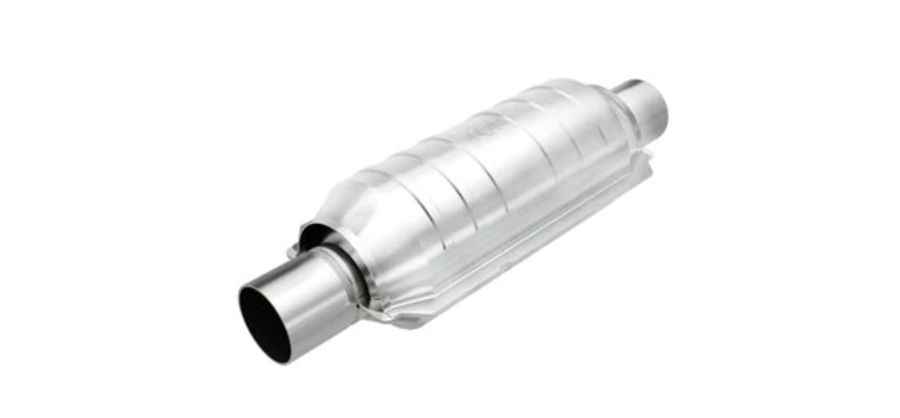Why You Need A Catalytic Converter
Nearly all parts of your vehicle have an expected lifespan. For the catalytic converter, that is typically in the neighborhood of 100,000 miles or about eight to 10 years. When this critical unit begins to wear out, it is crucial to replace it promptly. Failure to do so can result in not only dirtier emissions, but also engine damage, engine failure and even a vehicle fire.

The signs of a failing cat include everything from reduced gas mileage to unpleasant smells (usually described as a rotten egg odor) emanating from the tailpipe. More than likely, your check engine light will come on intermittently, and then it will stay on whenever you drive. Your car or truck might begin to stall out, and you might also notice sluggish or rough engine performance.
While it might seem expensive to replace a failing converter, it could actually save you money in the long run by protecting your engine. With a new unit, your vehicle should perform better and more safely, and the emissions coming out of the tailpipe will be much cleaner.
What Does a Catalytic Converter Do?
Catalytic converter first came on the scene in 1975, as a response to air pollution. This augmentation of the exhaust system was designed to reduce the overall emissions coming out of the tailpipe and to reduce harmful gasses such as carbon monoxide, nitrogen gas and nitrogen oxide by as much as 90%. Since 1975, converters have become more sophisticated and more common, playing a huge role in cleaning the air of pollutants.
The complex engineering of the units, as well as the use of precious metals such as gold and platinum, make a replacement converter a relatively pricey proposition. If you are experiencing a failing cat, you probably wonder how much is catalytic converter? As with many parts, the final price depends upon several factors:
- What type of vehicle you drive
- Where you live
- What type of converter you select
- Who installs the unit
Some cars or trucks require more expensive units, and California residents must meet more stringent emissions standards, which could lead to higher prices. A direct fit converter, specific to your year, make and model vehicle, tends to run higher than universal fit converters. Finally, installing the unit yourself could save you several hundred dollars.
Can A Car Run Without A Catalytic Converter?
In the old days, in the late 70s and early 80s, people sometimes removed their cats because they believed it gave them better gas mileage and better engine performance. This practice is now illegal and could result in expensive fines as well as failed emissions tests in certain states. Technically, your car or truck will function for a while without a cat, but the negatives of this approach far outweigh the positives.